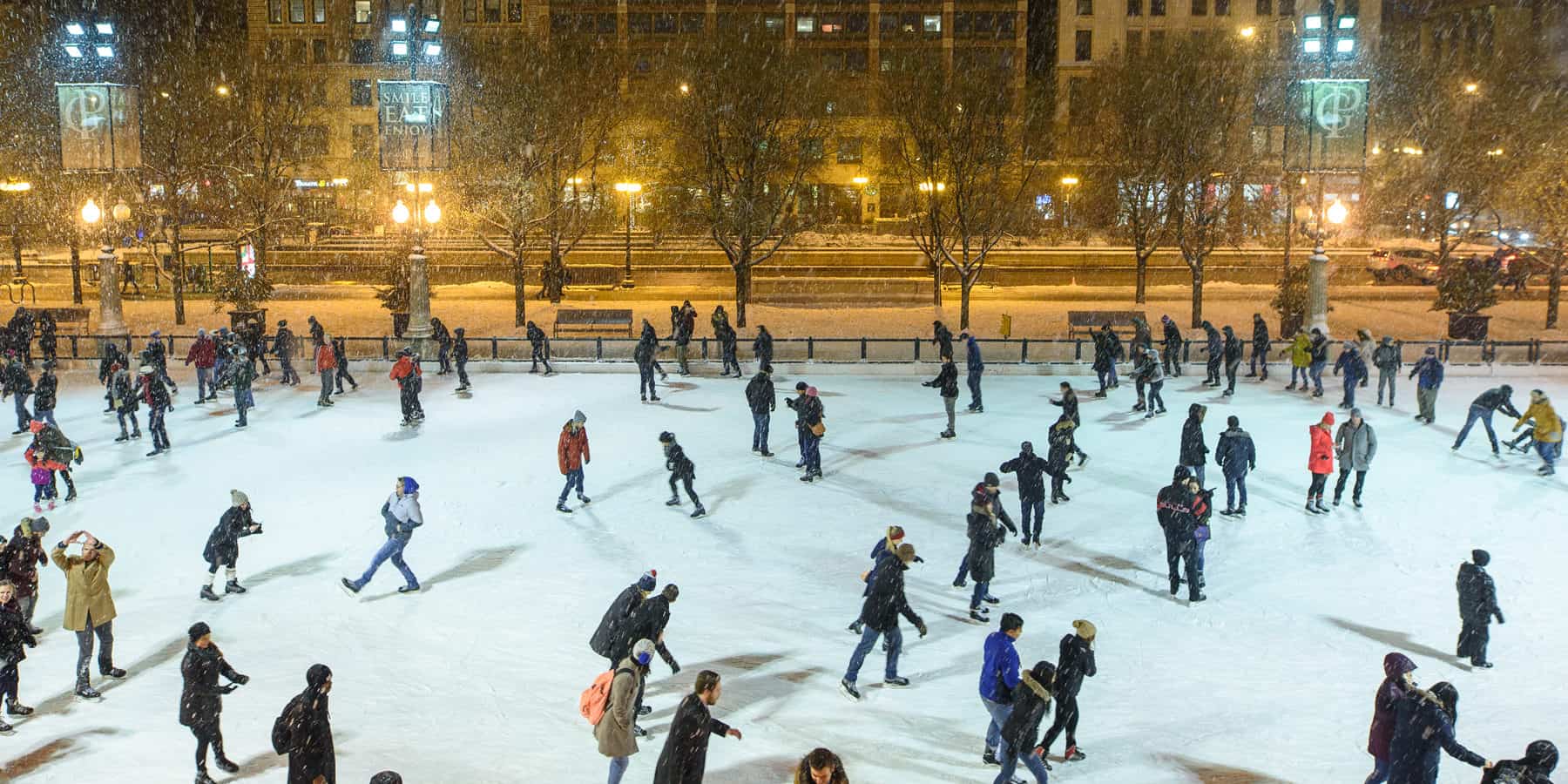Let’s Glide Into Fun: The Ultimate Ice Skating Guide for Parents
Hello, amazing parents! Are you ready to embark on a frosty adventure with your little ones? Ice skating is not only a delightful activity but also an excellent way for kids to develop balance, coordination, and a bit of grace. Whether you’re preparing for a family outing to the rink or supporting your child’s dream to twirl like a figure skating star, this guide is packed with pearls of wisdom to help you navigate the chilly world of ice for skating. So, lace up those skates and let’s glide into the heartwarming world of this winter sport together!
Beginner Brr-illiance: Choosing Your Child’s First Pair of Skates
The crux of a fantastic ice skating experience lies in the skates you choose for your child. But with so many options, where do you begin? Let’s start with the basics:
- Comfort is Key: Ensure the skates fit snugly, but don’t cramp those tiny toes! A properly fitted skate can mean the difference between a day of joy and a day of “ouch!”
- Support Matters: Ankle support is crucial for beginners. Look for skates that offer a well-structured boot to keep those wobbly ankles safe.
- Growth Considerations: Kids grow like weeds, don’t they? Adjustable skates are a game-changer, offering the ability to adapt to growing feet and saving you money in the long run.
Hit the Ice Running (Or Skating!)
While venturing into the rink might seem daunting, here are some tips to ensure your child’s first glide is as smooth as the ice they’ll be skating on:
- Hand in Hand We Go: Holding hands with your child as they take their first steps on ice ensures safety and provides emotional support.
- Mastering the Basics: Encourage your child to learn the foundational moves first, like stopping and falling safely, before attempting the fancy footwork.
- Layer for Comfort, Not Just Warmth: Dressing in layers allows for easy adjustment to body temperature and improves the overall skating experience.
Our goal is to make ice skating a magical experience for you and your child. Stay tuned for part two of our guide where we dive deeper into skating techniques, ice safety, and how to encourage your child’s ice skating passion. Together we’ll ensure those days at the rink become cherished memories. Until then, keep your spirits as high as the jumps and spins your little one aspires to!

Five Essential Tips for Preparing Your Child for Ice Skating
Embarking on the ice skating journey requires a sprinkle of preparation and a dash of knowledge. To ensure a delightful experience, here are five things every parent should know when preparing their child for ice skating:
- 1. Safety Gears are Your Best Friends: Helmets, knee pads, elbow pads, and wrist guards—these aren’t just accessories; they are necessities. Ice is slippery, and falls happen. Protecting your child with the right gear will make learning to skate less intimidating and, more importantly, safer.
- 2. Pre-Skating Exercises: Before hitting the rink, engage your child in exercises that strengthen the leg muscles and improve balance. Simple activities like squats, lunges, and balancing on one foot can make a big difference on the ice.
- 3. Warm-Up Rituals: The importance of warming up cannot be overstated. Encourage your child to do some light stretching or jogging in place to get the blood flowing to all parts of their body, especially their legs and ankles.
- 4. Hydration and Snacks: It’s cold out there on the ice, but skaters work up a sweat! Keep your child well-hydrated and energized with water and healthy snacks to maintain their stamina and concentration.
- 5. Choosing the Right Lessons: Should you opt for group lessons, private instruction, or just let them have a go at it? Each has its benefits. Group lessons can be social and fun, while private instruction provides personalized attention. There’s no one-size-fits-all answer, so consider your child’s personality, learning style, and comfort level when deciding.
Ice Etiquette and Safety: Glide With Confidence
Just like any other sport, ice skating comes with its own set of rules and etiquettes that ensure everyone has a good time while staying safe. Here’s what your little skater needs to know:
- Respect the Rink Rules: Every rink will have its own rules—such as skating direction or speed limits. Make sure your child knows and follows these to prevent collisions and accidents.
- Be Aware of Surroundings: Teach your child to be conscious of other skaters. Looking ahead and keeping a safe distance will help them avoid unexpected tumbles.
- Learn to Stop Safely: Knowing how to stop confidently is vital. Ensure your child practices stopping techniques until they’re second nature.
- Getting Up After a Fall: Falling is inevitable. Teach your child to tuck their fingers in and use their knees to push themselves back up to prevent their hands from being run over by another skater.
- Rest When Needed: Encourage your child to take breaks. Fatigue can lead to mistakes and injuries. Resting allows for a recharge and a return to the ice with renewed energy.
Ready, set, skate! With these insights, you are well on your way to ensuring that your child’s ice skating experience is both safe and sensational. Remember, patience and encouragement go a long way, so wrap up warm and cheer on your little one as they venture onto the ice. Embrace the spills and thrills, and watch your child glide towards fun and skillful skating – it’s a journey you’ll treasure forever!
For more great fun click here. For more information see here
Disclaimer
The articles available via our website provide general information only and we strongly urge readers to exercise caution and conduct their own thorough research and fact-checking. The information presented should not be taken as absolute truth, and, to the maximum extent permitted by law, we will not be held liable for any inaccuracies or errors in the content. It is essential for individuals to independently verify and validate the information before making any decisions or taking any actions based on the articles.




